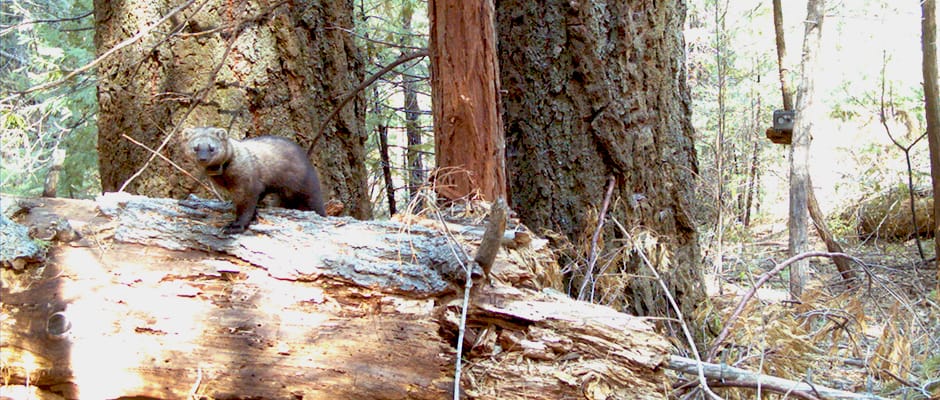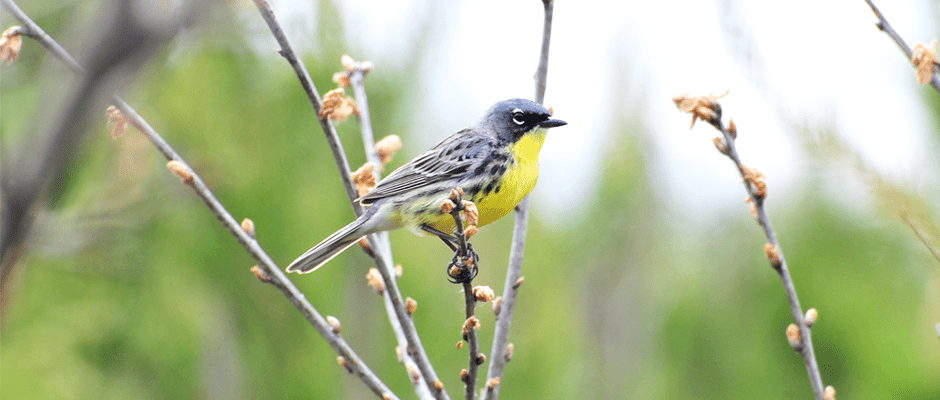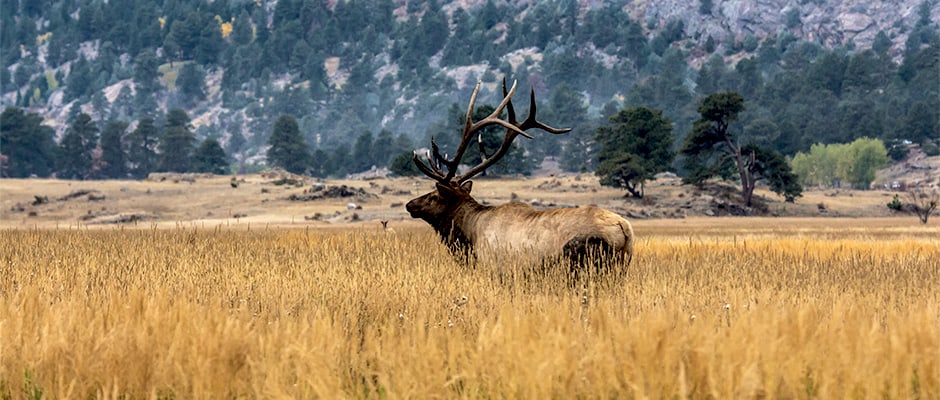- News
-
-
-
-
-
Latest News Articles
-
-
-
- Wildlife Professional Resources
-
- Our Network
-
- PUBLICATIONS
-
-
Recent Posts
-
 The Wildlife Professional November/December Issue
November 1, 2023
The Wildlife Professional November/December Issue
November 1, 2023
-
-
-
-
-
-
- Wildlife Events
- Who We Are
-
Category: Uncategorized

April 28, 2016
Lowland leopard frogs fight off deadly pathogen
In Arizona, some populations of lowland leopard frogs’ immune systems are working overtime to fight off the deadly pathogen that causes the chytridiomycosis, a disease that is devastating amphibians in...

April 27, 2016
JWM study: Predation largely to blame for fisher deaths
Biologists are now closer to understanding fisher (Pekania pennanti) survival and mortality rates following a multiyear study. New research published in the April issue of The Journal of Wildlife Management, found...

April 26, 2016
Delving into a monarch’s brain
Two-thousand miles is a long way to travel, but monarch butterflies can thank their internal clocks for helping with their journey from Canada and the Northeast U.S. to Central Mexico...

April 25, 2016
Announcing the May issue of JWM
The May 2016 issue of The Journal of Wildlife Management (Vol. 80.4) contains 10 papers on topics in wildlife management and conservation, habitat relations, population ecology and quantitative approaches as...

April 25, 2016
LWCF, horse amendments to energy bill pass Senate
After months of delay, the Energy Policy Modernization Act (S. 2012) was passed by the Senate in a decisive 85-12 vote. The bill was introduced in by Chairwoman Lisa Murkowski...

April 22, 2016
Fed biologists demonstrate skills at TWS NE Conclave
Biologists and specialists from USDA’s Wildlife Services staff in Pennsylvania enjoyed an opportunity to share their skills and expertise with TWS student members at the TWS Northeast Student Conclave, hosted...

April 21, 2016
Ground light may shine too brightly for bird migration
Street lamps may be disrupting a migratory bird’s eye view, according to new research. “Even simple lights in our backyard are changing the flights of birds overhead,” said Daniel Mennill,...

April 21, 2016
Ecosystem restoration boosts local, regional economies
Critical habitat restoration programs are doing more than just helping wildlife – they’re boosting economies. According to a recent study by the U.S. Geological Survey, ecological restoration programs, like sagebrush...

April 18, 2016
Ospreys recover in Chesapeake despite pollutants
The Chesapeake Bay is now home to around 10,000 mating pairs of ospreys despite constant levels of some chemical pollutants in the water. “The osprey population in the Chesapeake is...

April 15, 2016
Game not always umbrella species for conservation
Conserving game species may not always provide trickle-down benefits for all species in ecosystems, according to new research. Sometimes, the effects of sustaining high numbers of these ungulates can cause...

